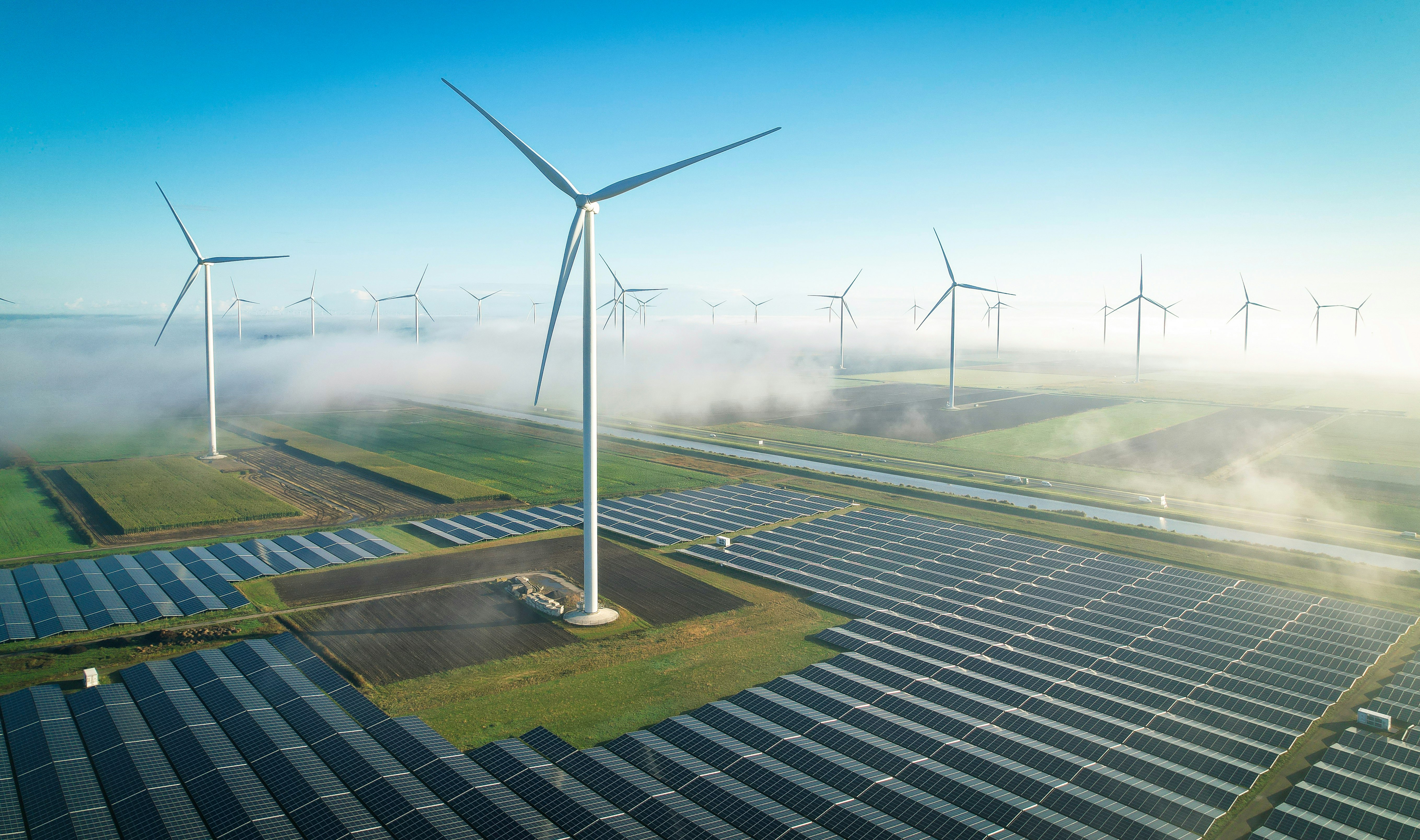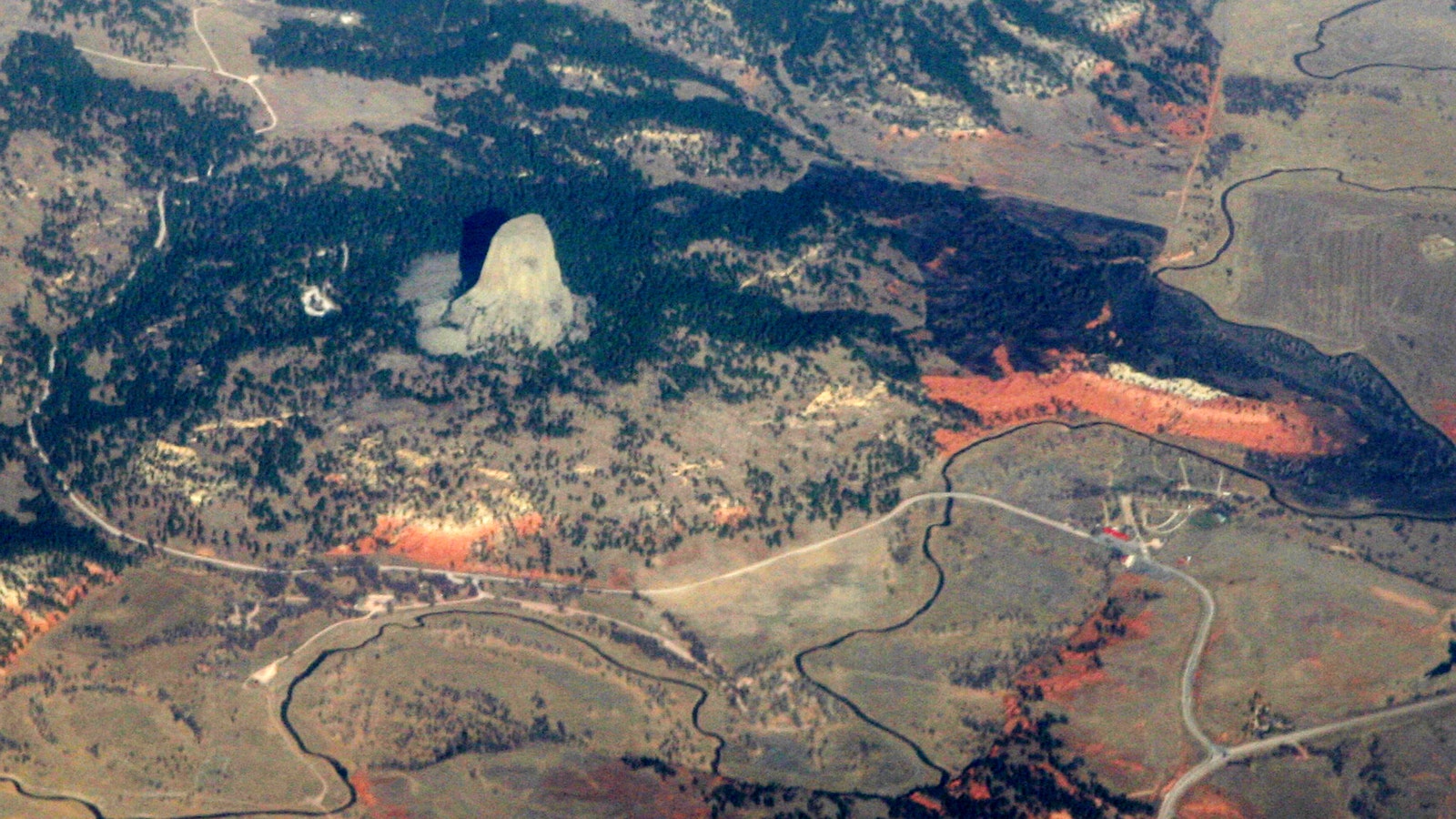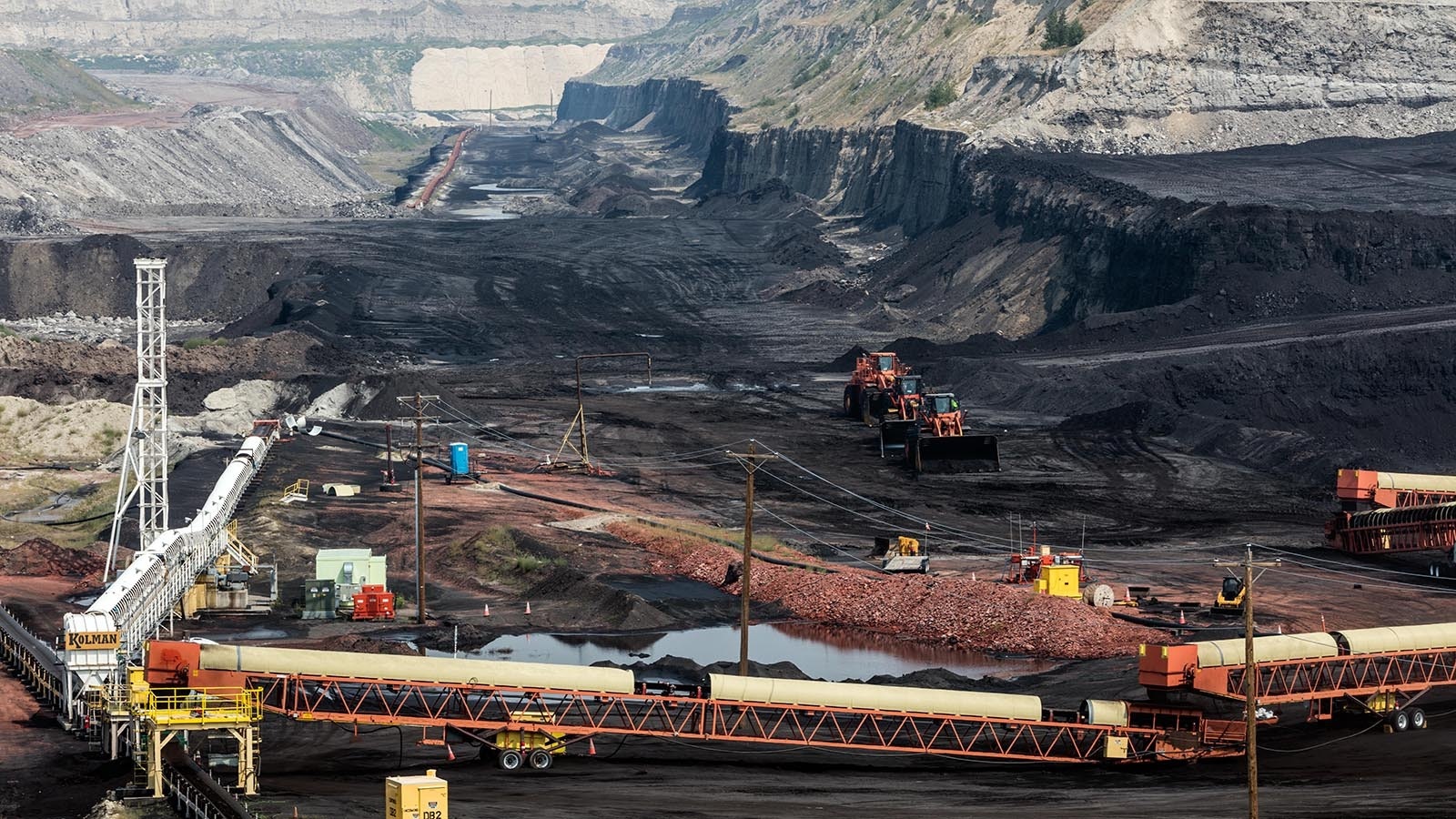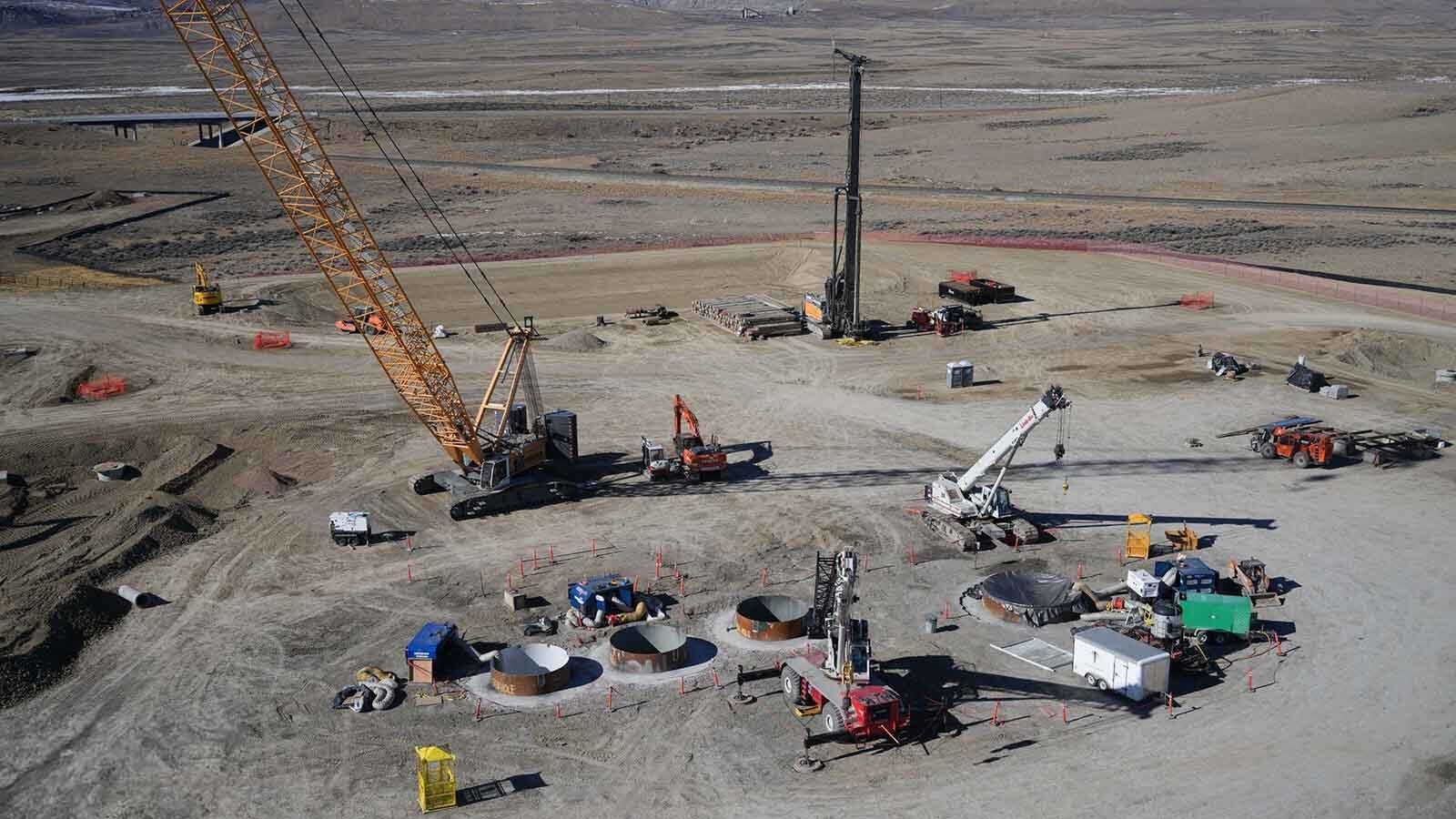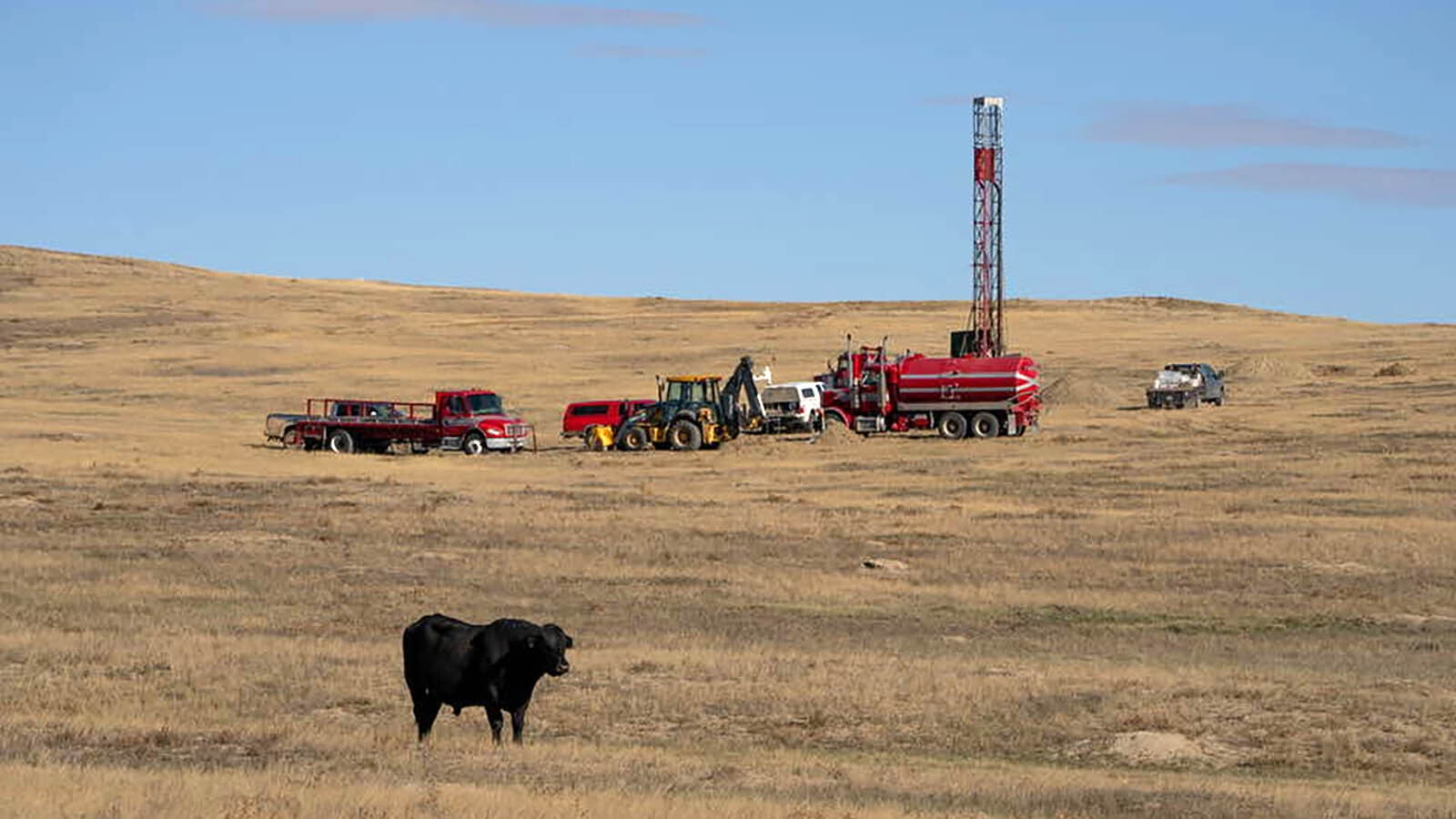When the International Energy Agency (IEA) published its “Net Zero by 2050” roadmap for a global transformation away from fossil fuels in May 2021, activists groups hailed it as a path policymakers could take to eliminate carbon dioxide emissions.
It has been very influential as governments, including President Joe Biden’s administration, set energy policies for their citizens.
Now, an independent analysis by the Energy Policy Research Foundation (EPRF) has found that the agency’s plan is riddled with flawed assumptions, fails to grasp the enormity of the consequences of its policy prescriptions, and has misled policymakers.
“I don't think any policymakers are well informed on energy. And that's speaking as a former policymaker of the state of Wyoming where all we do is energy,” said Tyler Lindholm, state director for Americans for Prosperity in Wyoming and a former state legislator.
Up In Smoke
RealClear Foundation, a nonpartisan nonprofit media group, asked the Energy Policy Research Foundation (EPRINC), a nonprofit research organization studying energy economics and policy issues, to conduct an independent analysis of the IEA roadmap.
“The whole of the IEA net zero roadmap pivots on the assumption that the plunging cost of wind and solar will destroy demand for oil and gas. If that does not hold, the whole roadmap goes up in smoke,” Rupert Darwell, senior fellow for RealClear Foundation said in the analysis’ foreword.
Darwell explains that the analysis found IEA’s assumptions to be “unrealistic, internally inconsistent” and often support the case for the increased use of fossil fuels.
Assumptions
Among the “questionable assumptions” that represent an “ideological aspiration,” according to the EPRF, are that all countries must cooperate toward net-zero emissions. It also assumes that efficiencies and electrification will remove enormous amounts of energy demand equal to the current demand for energy from 20 developed nations of the West. All of this, it assumes, will be accomplished by 2050.
The IEA roadmap also assumes that electricity, which represents less than 20% of the world’s energy needs, will grow to 50% by 2050.
Under the IEA plan, by 2050 oil, gas and coal would decrease as the primary energy source from 80% to less than 20%, and the supply would dwindle to 30%. For comparison, during the COVID pandemic when the globe’s economy was shut down, the supply fell 5%.
The roadmap also assumes that despite falling fossil fuel production, prices will decrease.
It also predicts incredible technological breakthroughs of hundreds of technologies, over half of which are in the demonstration stage.
Consequences
The EPRF also notes the roadmap, if followed, would produce “profound” consequences.
With the rapid decrease in the global supply of oil and gas, price increases will result in economic losses between $12.2 trillion and $52.6 trillion in the first ten years of net zero.
The world will need to make capital investments in energy, even after accounting for decreased investments in oil and gas, of $2.3 trillion through 2030, and then $5 trillion until 2050. That’s an annual investment comparable to the economic output of Japan, the world’s third-largest economy.
The enormous amount of land that will be gobbled up by solar and wind farms will equal the entire land area of California, Texas, and Mexico.
And through it all, inflation will rise, as will the cost of electricity.
Extreme Biases
Tilak Doshi, an economist who has worked in the oil and gas sector across the globe for the past 25 years, told Cowboy State Daily that the lack of scrutiny that led to the unrealistic assumptions in the IEA roadmap is typical of the information policymakers are getting.
“Even when governments adopt legislation, little objective analysis is available,” Doshi said.
He said when official cost-benefit analyses are required for government projects in the U.S. through the EPA, the underlying assumptions are aggressively in favor of these green technologies, such as wind, solar and batteries.
“This happens to be the rule rather than the exception,” Doshi said.
Extreme biases, he said, are driving the key assumptions that are so much a part of cost-benefit studies.
“Politicians are not mere consumers of bureaucratic reports but are active players in this game,” Doshi said, “more often than not tied to the same lobbies that drive the system, supporting political candidates in their election campaigns.”
Doshi wrote about the EPRF analysis in Forbes, noting the enormous financial and political clout the IEA’s roadmap has.
The roadmap received strong support from Climate Action 100+, a group of investors with $68 trillion in assets under management.
Climate Zealots
Rick Whitbeck, Alaska State Director for Power The Future, a nonprofit advocate for the American energy industry, told Cowboy State Daily the EPRF analysis wasn’t a surprise.
“The sheer preposterousness of a world transitioning to ‘net zero’ as quickly as the climate zealots want it to — if it ever could even happen — is completely clear to anyone without a substantial eco agenda,” Whitbeck said.
Power The Future works in Wyoming and across the West.
Whitbeck said that policymakers and the media are accepting these implausible notions of a plausible net-zero roadmap, and the policies that are following the misinformation are harmful.
“We’re seeing that now with sky-high inflation, traditional energy being vilified, a war on agriculture and farming, and proposed bans on gas stoves, combustion engines and wood-fire pizza ovens,” Whitbeck said.
Experts Needed
Lindholm said that energy policy needs to be informed less by activists and more by engineers and energy experts. The IEA’s roadmap could have been far better informed if those who wrote it had availed themselves of that knowledge.
They “probably hired a dozen college interns to put together their wish list on something that has no basis in reality whatsoever. No one was consulted who actually works in the energy business and wears steel-toed boots,” Lindholm said.
Like Whitbeck, Lindholm warned that the policies that are coming out of these poorly-informed documents will have serious consequences.
“Without oil, gas and coal, people die. So unless one of these climate activists can actually stand up and debate that they're okay with people dying, I can't take them seriously,” Lindholm said.

